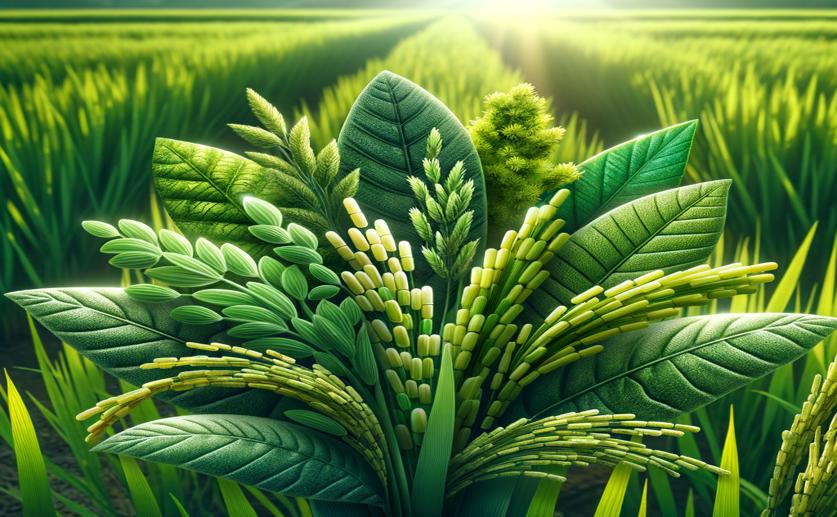
How Rice Gene Mixes Affect Plant Growth and Yield
Greg Howard
9th March, 2024

Image Source: Natural Science News, 2024
Key Findings
- In South Korea, scientists found genes that control rice flowering time and other traits
- Three main genes (Hd1, Hd16, Ghd7) affect when rice flowers and its yield and quality
- Rice with certain gene combinations can flower earlier without losing yield or quality
AgricultureGeneticsPlant Science
References
Main Study
1) Allelic combinations of Hd1, Hd16, and Ghd7 exhibit pleiotropic effects on agronomic traits in rice.
Published 6th March, 2024
https://doi.org/10.1093/g3journal/jkad300
Related Studies
2) Hd1, Ghd7, and DTH8 synergistically determine the rice heading date and yield-related agronomic traits.
3) Hd1 Allele Types and Their Associations with Major Agronomic Traits in Korean Rice Cultivars.
4) Strong photoperiod sensitivity is controlled by cooperation and competition among Hd1, Ghd7 and DTH8 in rice heading.
5) Genetic effect of a new allele for the flowering time locus Ghd7 in rice.



 6th March, 2024 | Jim Crocker
6th March, 2024 | Jim Crocker